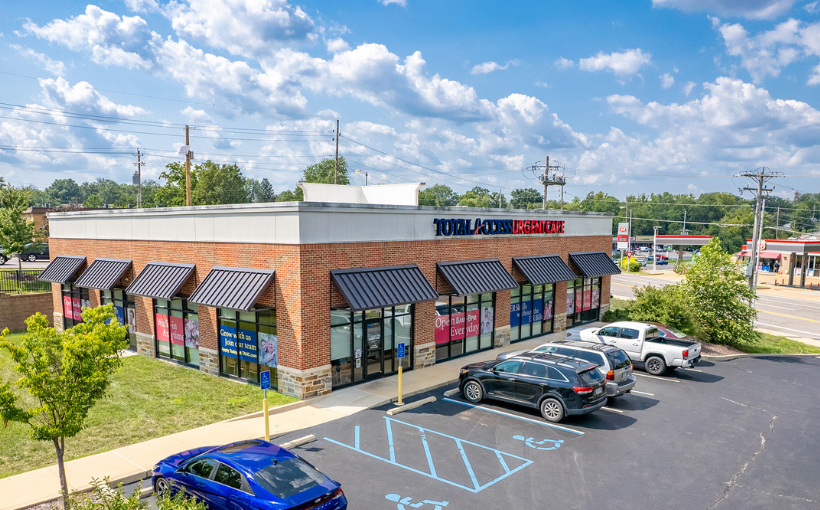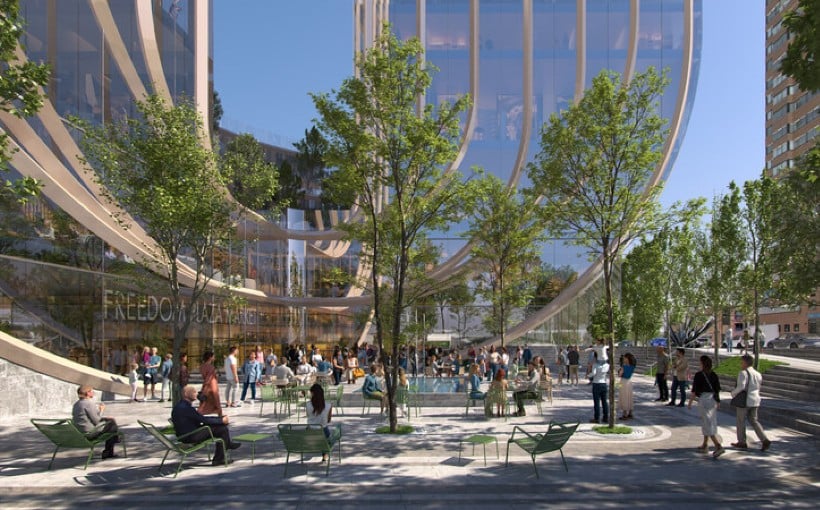One undeniable truth about life is that all structures eventually become old and lose their usefulness. However, a recent article titled “Opportunity through Obsolescence” by JLL authors provides insights and advice on how to address the challenges of aging buildings in order to create value and generate returns.
According to Cynthia Kantor, CEO of Project & Development Services at JLL, the commercial real estate industry is facing a critical moment as property owners and cities strive for long-term sustainability in existing buildings and districts. This is due to changing preferences for experiences and space, increasing regulatory pressures, climate risks, and shifts in real estate demand. By proactively assessing outdated or at-risk buildings, owners can unlock significant value while creating a more sustainable built environment that will lead to future returns.
The main point of the article is that dealing with obsolete buildings requires three overlapping factors for proactive success:
1) Age And Design: The authors suggest that asset viability should be considered along with market demand trends when it comes to building age. They also note that older structures may have limitations when it comes to engineering capabilities or technological advancements but can still be retrofitted effectively if done promptly.
2) Sustainability And Regulatory Compliance: With growing pressure for decarbonization efforts within the industry, building owners are urged towards retrofitting aging properties. Municipalities are also encouraged towards long-term strategic planning aimed at rebalancing land use patterns while implementing placemaking initiatives in areas where obsolescence may occur due climate-related issues.
3) Location Considerations: The need for cohesive mixed-use developments has become increasingly important as traditional business districts evolve into vibrant destinations catering not only businesses but also residents’ needs through retail offerings improvements streetscape enhancements among others.
In order achieve maximum potential benefits from these strategies stakeholders must collaborate closely throughout planning processes considering various forms levels obsolescence interactively affect locational preferences development regulations sustainability aspects alike.
To handle these challenges effectively, the article suggests that owners should assess how their portfolios’ age and physical factors impact issues such as locational preferences, development regulations, and sustainability. Meanwhile, public authorities can play a crucial role in catalyzing non-commercial developments while providing financial incentives to reduce retrofitting costs.
In conclusion, as buildings continue to age and become obsolete over time it is essential for stakeholders to work together towards finding innovative solutions that not only create value but also promote sustainable practices. By proactively addressing these challenges head-on with collaboration between all parties involved we can ensure a more resilient built environment for future generations.




